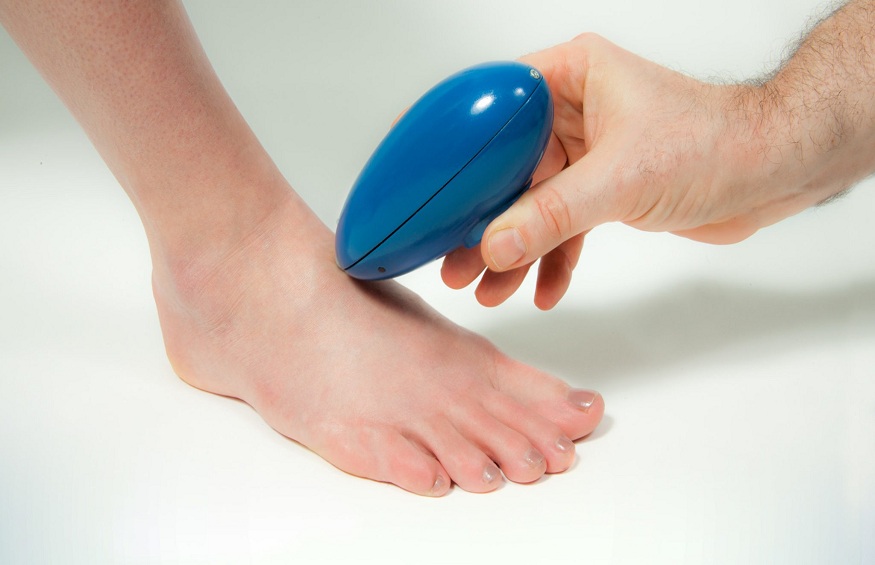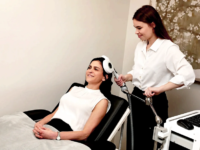Vascular value: what is an ankle-brachial index?

It is imperative to determine a patient’s ankle-brachial index (ABI) for wound care, though it is often overlooked. This is because people often find the task quite daunting or even confusing to perform.
However, this is simply not the case! Performing an ABI can be as simple as changing a bike tyre or cleaning the kitchen, and once it’s done, you’ll find that it really wasn’t something to stress out about.
If you’ve been looking to buy an ankle-brachial index machine, here is a little more info about them and why it’s a great idea to do it.
Why use an ABI?
The ABI is a thoroughly recommended piece of medical technology. In certain cases, they are even required to be used in wound treatments like that of pressure ulcers.
But this doesn’t mean people don’t skip out on using an ABI to treat a patient’s wounds. Despite the fact that ABI is a highly recommended, even mandated, medical undertaking, many people choose to overlook the practise.
Why do they overlook it?
Although there is never a proper reason for people overlooking the measurement of a patient’s ABI, there are numerous justifications as to why a person may choose to overlook it, with each justification being easy to overcome so that the ABI can be measured properly:
Lack of understanding: Many people and medical experts have never heard of an ABI, and therefore are unaware of how to apply it to a patient. This makes the idea of using the ABI quite daunting and puts the person off using it.
Lack of access: ABIs aren’t found everywhere, and if they are unused at a particular place then it is more than likely a medical professional won’t know how to use it when the time comes.
Limited time: The process can take anywhere up to 45 minutes to complete, and this can be off-putting for someone with a limited amount of time to treat the wound. However, this is no excuse, as an ABI is a valuable method in itself for treating wounds like pressure ulcers, and shouldn’t be overlooked regardless of the time taken to measure the ABI.
What should be done?
It always comes down to education and availability. Whilst the above reasons may seem justifiable for the individual not wanting to measure a patient’s ABI, they don’t quite make the grade when it comes to the necessity of treating a patient’s wounds.
Therefore, medical institutions should always consider stocking and initiating training surrounding these vital pieces of measuring equipment. A practice can also arm themselves with equipment requisitions for vascular Doppler devices as well as clinical practice guidelines that not only recommend an ABI measurement but provide added guidelines on how to perform the measurement.
These pieces of medical technology are important for differentiating between pressure ulcers and vascular wounds and should therefore be stock standard in every Australian clinic.
However, if the practice is unable to perform ABI onsite ABI measurements, they may like to contract an outside agency to perform ABI measurements on their patients.
You can learn more across the web
There are plenty of ways to learn the finer details of using an ABI machine, including online video training as well as ABI policy and procedure. Just don’t consider overlooking the use of an ABI measurement as they can play an important role in diagnosing pressure ulcers.






